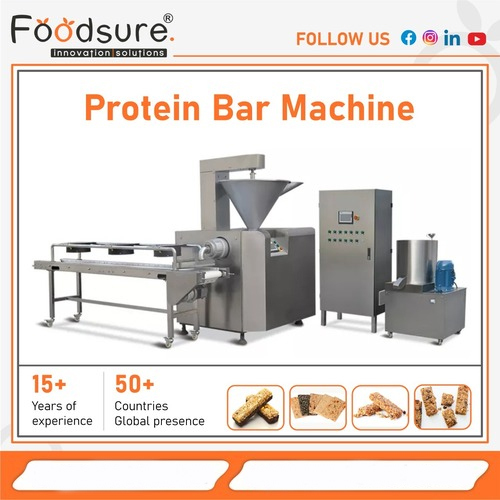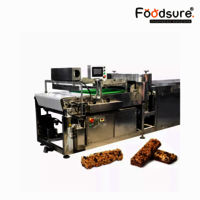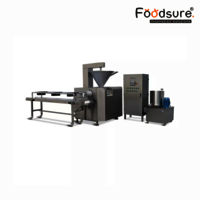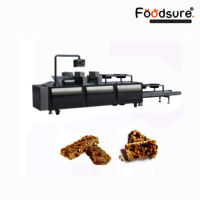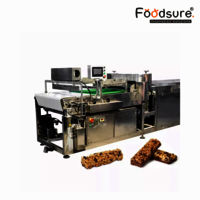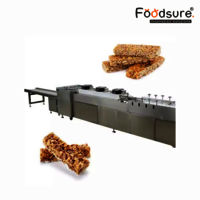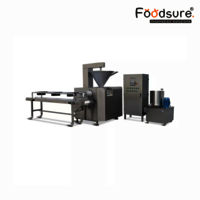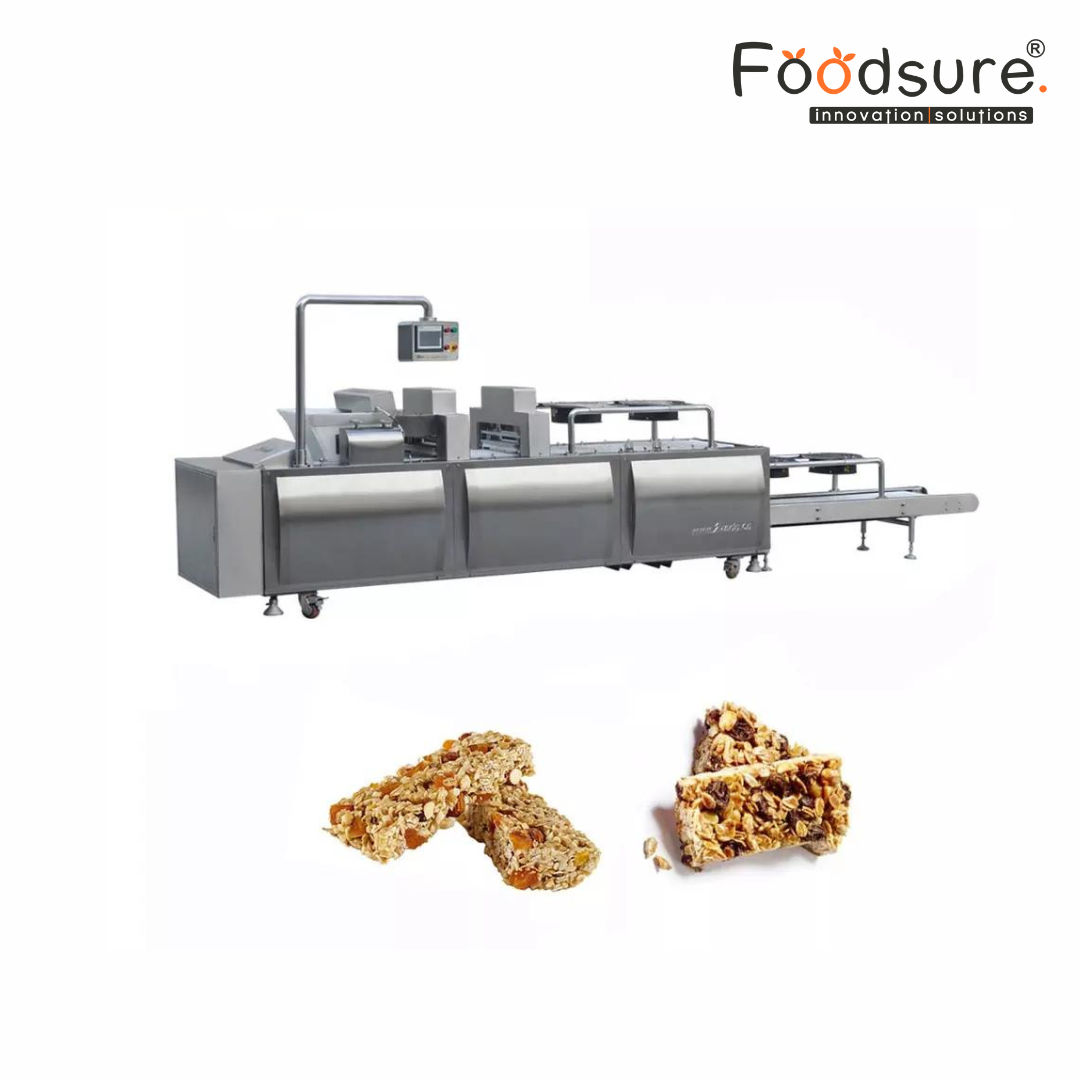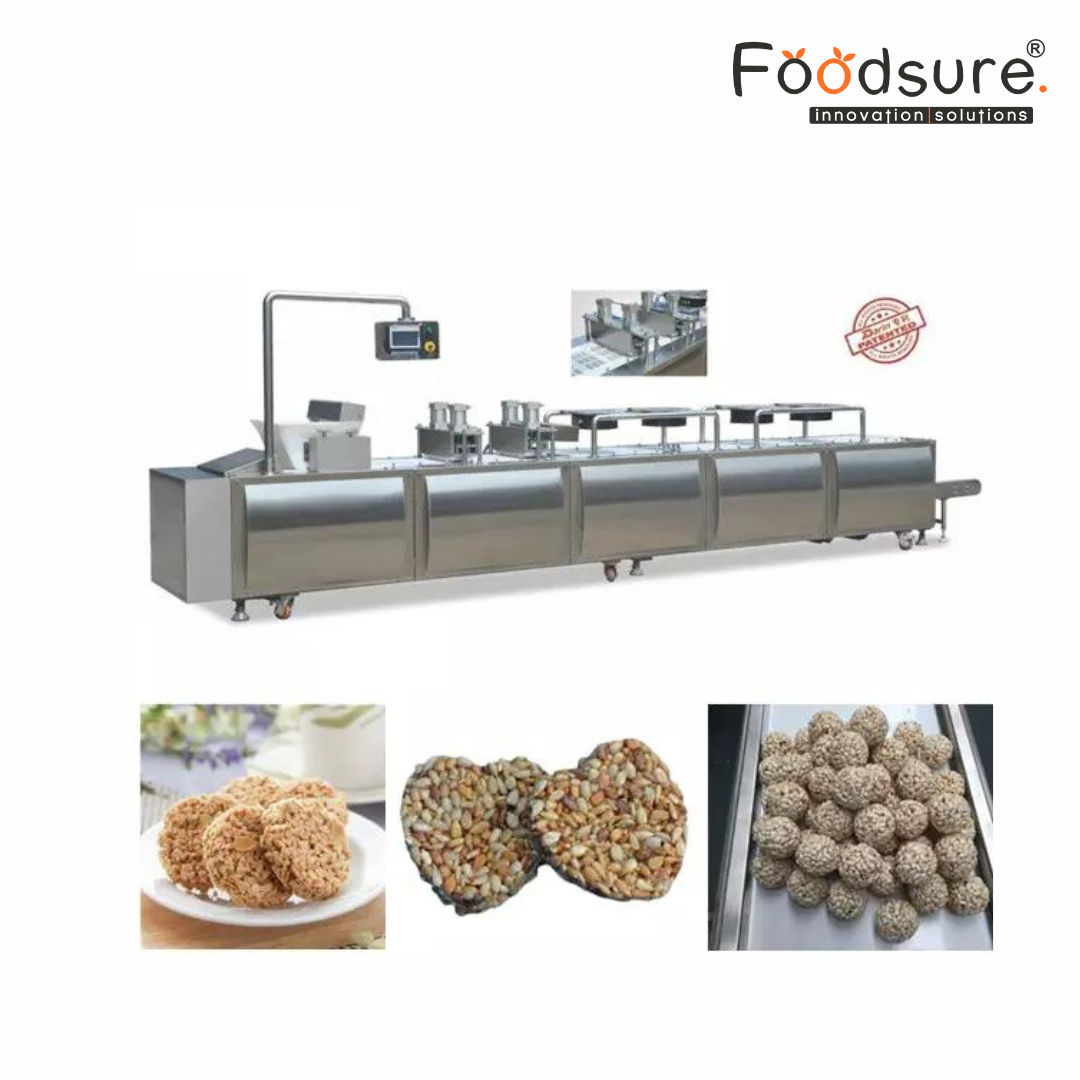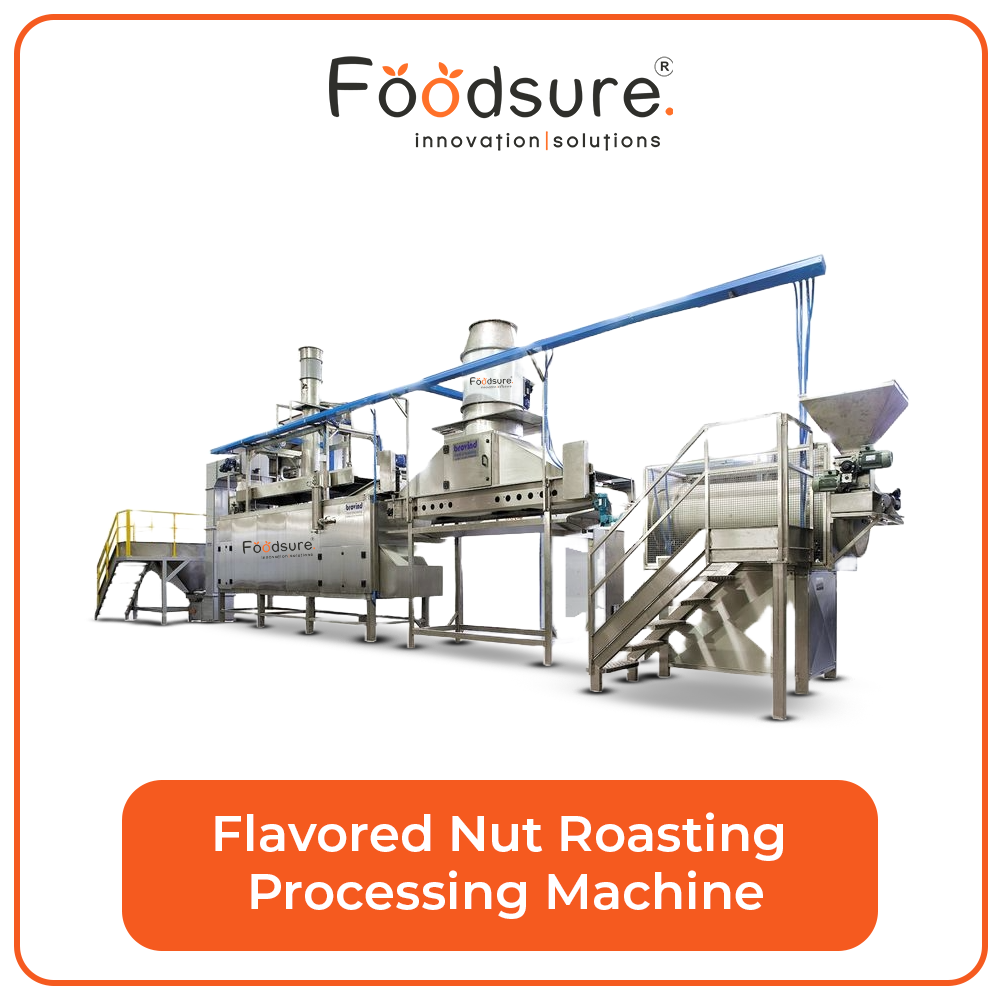Protien Bar Processing Plant
Product Details:
- Product Type Protien Bar
- General Use Industrial and Commercial
- Capacity upto 500 kg Kg/hr
- Weight (kg) 1000 Kilograms (kg)
- Computerized Yes
- Automatic Yes
- Control System Manual
- Click to View more
Protien Bar Processing Plant Price And Quantity
- 1 Unit
- 6500000.00 INR/Unit
Protien Bar Processing Plant Product Specifications
- 420 Watt (w)
- Table Top
- Yes
- ECO Friendly Low Noice Lower Energy Consumption Compact Structure High Efficiency
- 1000 Kilograms (kg)
- 1 Year
- Protien Bar
- Yes
- Manual
- 20 Watt (w)
- upto 500 kg Kg/hr
- Industrial and Commercial
Protien Bar Processing Plant Trade Information
- New Delhi
- Paypal Cash Against Delivery (CAD) Cash on Delivery (COD) Cash Advance (CA) Cash in Advance (CID) Cheque
- 10 Unit Per Month
- 30 Days
- Yes
- Free samples are available
- Wooden Packaging, Bubble Wrap Packaging
- Asia Australia Central America North America South America Eastern Europe Western Europe Middle East Africa
- All India
- ISO9001:2015
Product Description
A protein bar making machine is a piece of equipment used to manufacture protein bars in large quantities. These machines typically automate the process of mixing, shaping, cutting, and packaging protein bars.
The basic components of a protein bar making machine include a mixer, a conveyor belt, a shaping and cutting mechanism, and a packaging unit. The mixer is used to combine the ingredients, such as protein powder, sweeteners, and binders, into a dough-like consistency. The dough is then extruded onto a conveyor belt, where it is flattened and shaped into the desired form of the protein bar. The shaping and cutting mechanism cuts the bars to the desired size and shape before they are packaged.
Protein bar making machines can vary in size and complexity, from small tabletop models to large industrial machines that can produce thousands of bars per hour. Some machines can even include additional features such as temperature control, automatic feeding systems, and ingredient monitoring sensors.
Types of protein bars:
-
Whey protein bars: These bars are made with whey protein, a fast-absorbing protein derived from milk. Whey protein bars are typically low in fat and carbohydrates and are a popular choice for athletes and fitness enthusiasts.
-
Plant-based protein bars: These bars are made with plant-based proteins such as pea, soy, or hemp protein. Plant-based protein bars are a good option for vegans or people with lactose intolerance.
-
Low-carb protein bars: These bars are designed for people following a low-carb diet, such as the ketogenic diet. They typically contain a higher percentage of protein and fat and fewer carbohydrates than other types of protein bars.
-
Meal replacement bars: These bars are designed to replace a meal and typically contain a balanced ratio of macronutrients, including protein, carbohydrates, and fat. They may also contain vitamins, minerals, and fiber.
-
Energy bars: These bars are designed to provide a quick burst of energy and may contain caffeine, taurine, or other stimulants. They may also contain carbohydrates and electrolytes to replenish energy stores during exercise.
-
Gluten-free protein bars: These bars are made without gluten, a protein found in wheat, barley, and rye. They are a good option for people with gluten intolerance or celiac disease.
The protein bar market has experienced significant growth in recent years, as consumers increasingly seek out convenient, healthy snacks to support their active lifestyles. According to a report by Grand View Research, the global protein bar market size was valued at USD 3.8 billion in 2020 and is expected to grow at a compound annual growth rate (CAGR) of 6.9% from 2021 to 2028.
The increasing popularity of high-protein diets and the rise of fitness and health trends have been key drivers of growth in the protein bar market.
Ingredients-
-
Protein, Carbohydrates, Fats, Sweeteners, Fiber, Flavorings

Price:
- 50
- 100
- 200
- 250
- 500
- 1000+

